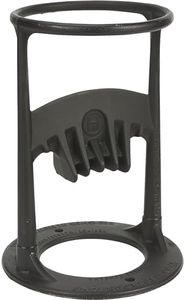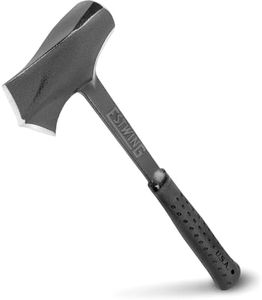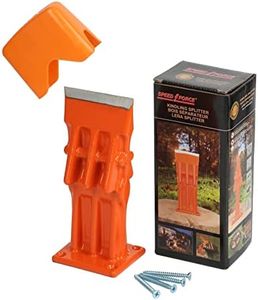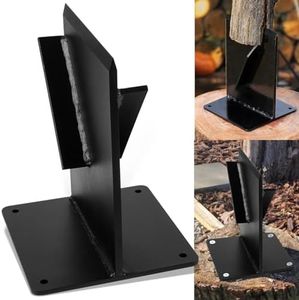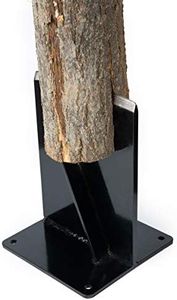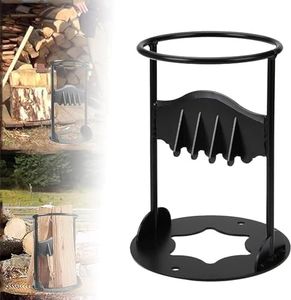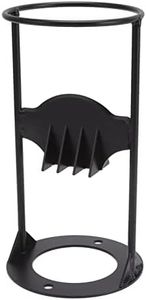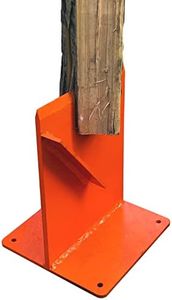We Use CookiesWe use cookies to enhance the security, performance,
functionality and for analytical and promotional activities. By continuing to browse this site you
are agreeing to our privacy policy
10 Best Manual Log Splitters
From leading brands and best sellers available on the web.Buying Guide for the Best Manual Log Splitters
Choosing a manual log splitter can make splitting firewood much easier, safer, and faster compared to using an axe. There are different types and styles, so picking the right one means thinking about the kind of wood you need to split, the quantity, your physical ability, and where you’ll use it. Understanding the key features will help you find a machine that’s comfortable, efficient, and effective for your needs.Splitting ForceSplitting force, usually measured in tons, indicates the amount of pressure the splitter can apply to break a log. This is important because tougher and larger logs need more force to split cleanly. Manual splitters typically range from around 5 to 12 tons. For softwood and smaller logs (under 10 inches diameter), a lower force is adequate, while hardwoods or bigger logs (over 12 inches diameter) will benefit from higher force. If you’re only splitting small, seasoned logs for a fireplace or camping, choose a lower force. If you handle larger or knotty pieces, go for higher tonnage.
Type of OperationManual log splitters come in different mechanical types, such as hydraulic (pump action with handles), foot pedal-operated, or slide-hammer (manual ramming). The type of operation affects effort, speed, and comfort. Hydraulic models are easier on your arms and back and usually require less physical strength. Slide-hammer and foot models are very portable but can demand more user effort. Think about your endurance and physical ability – choose hydraulic if you want less strain, or go compact and manual if maximum portability matters most.
Log Size CapacityThis specification tells you the maximum length and diameter of logs the splitter can handle. It’s important because trying to split logs that are too large for your splitter can be unsafe or simply won’t work. Look at the typical size of logs you’ll be working with: if most of your wood comes pre-cut into short pieces, a splitter with a smaller capacity is fine. For longer, thicker rounds, make sure the splitter fits those dimensions comfortably. Match the log size to your needs so you’re not frustrated or limited by your tool.
Weight and PortabilityManual log splitters range from lightweight, easy-to-move units to heavier, sturdier ones. Portability matters if you need to carry the splitter to different locations, use it in a small space, or store it when not in use. Lighter, compact models are perfect for occasional use or small jobs, while heavier splitters, though less portable, can handle more frequent or tougher work. Pick based on where you’ll store and use the splitter, and how often you’ll need to move it.
Ease of Assembly and MaintenanceSome manual log splitters are ready to use out of the box, while others require some assembly. Maintenance is generally low, but can vary. Simple, few-moving-part designs are easier to maintain, while hydraulic models may require occasional checks for leaks or lubrication. If you want a hassle-free tool, look for models known for simplicity and minimal upkeep. If you don’t mind periodic maintenance in exchange for extra splitting power, a hydraulic-type may serve you well.
